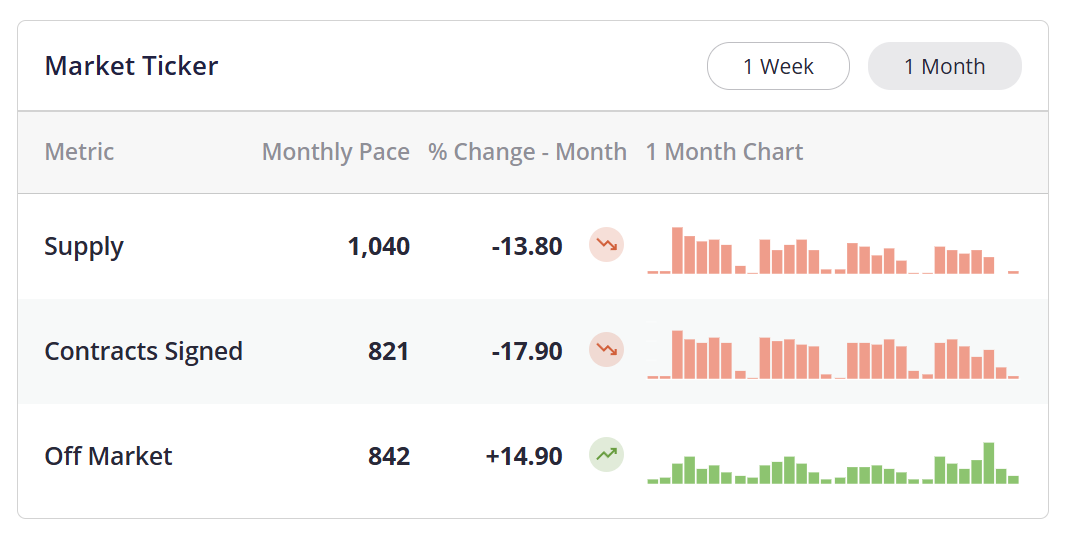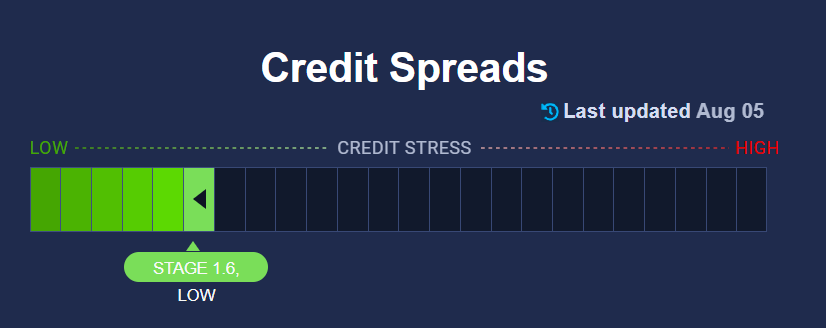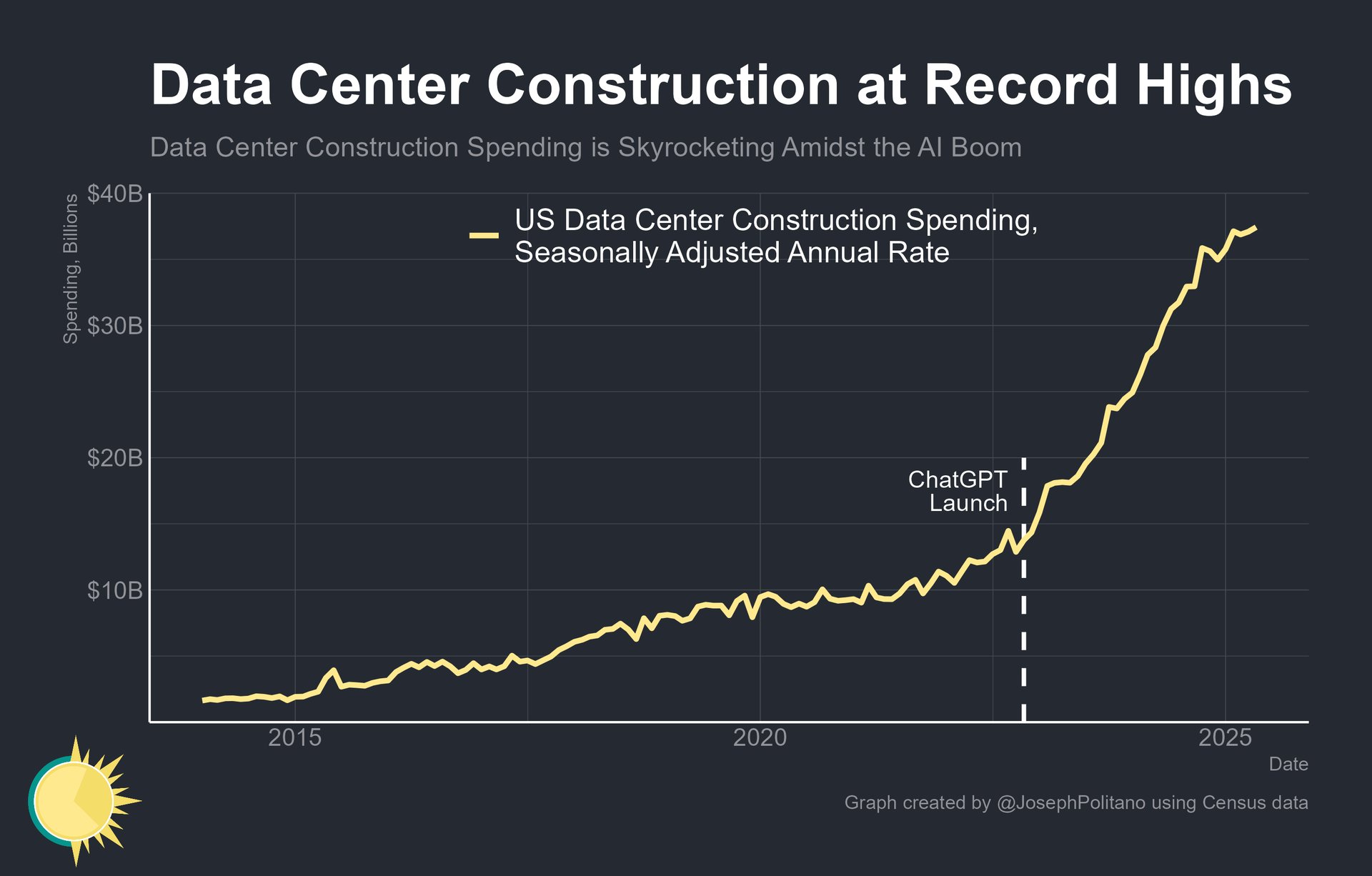You can feel it, can’t you? That eerie late-summer quiet settling over Manhattan’s real estate scene, right as the market gears up for its next unpredictable move.
Manhattan Real Estate’s Late Summer Pause: Calm Before the October Hustle?
It’s August 2025, and while the sun’s out and the streets are buzzing with bikes and brunch plans, Manhattan’s real estate market is slipping into what insiders call the “pre-Labor Day stall.” But here’s the kicker—under the surface, momentum is building. And come mid-September, things might just jolt back to life.
Let’s unpack the signals, stories, and subtle shifts shaping this moment in Manhattan real estate—and beyond.
“Summer Streets” and Slower Listings: Manhattan’s Seasonal Rhythm
If you were out for Summer Streets this weekend—wandering from the Brooklyn Bridge up to Inwood with 20,000 of your closest city-dwellers—you might’ve caught a vibe. It’s not just about leisure; there’s a shift in mood that tends to precede major moves in the real estate world.
Over the past 30 days, Manhattan saw 1,040 new listings hit the market. Sounds robust, right? But here’s the catch: a chunk of those are fading out of the cycle, and with Labor Day approaching, we’re entering the year’s quietest stretch. Expect that number to dip closer to 943 as early listings age out and sellers hesitate to list right before the holiday lull.
So, if things feel slower? That’s not your imagination—it’s textbook NYC real estate seasonality.
Buyers Are Snoozing—But They’re Not Gone
Contracts signed in the last 30 days clocked in at 821, down 18% from expectations. It's not just a summer slump; it’s a reflection of deeper hesitation. Even September, which feels like a potential restart, tends to underperform in signed contracts. Why? Because the buyers are back—but they’re browsing, bidding, sniffing around. The actual deals tend to ink in October.
If you're a seller wondering why your open house is packed but your inbox is quiet—you're not alone.
Macro Check-In: The Credit Spread Warning Light Is Flickering
Now, zooming out for a second. You may not obsess over credit spreads (the gap between corporate bond yields and the 10-year Treasury), but if you’ve got skin in the real estate game—whether you're buying, selling, or advising clients—you should at least keep an ear to the ground.
In the past few days, one month’s worth of narrowing credit spreads reversed almost overnight. Translation? Investors are a bit jumpier. While this isn’t full-blown panic, it signals rising uncertainty.
Why does this matter for housing? Well, credit stress and “risk-off” behavior often precede broader slowdowns. That can mean everything from tighter lending to stock market volatility—and, eventually, hesitation on big-ticket purchases like homes.
https://www.creditspreadalert.com/
The Fed, the Cuts, and the Hope for Lower Rates
Let’s talk rates—because this part could make or break fall deals.
As of now, markets are pricing in an 86% chance of a Fed rate cut at the next meeting on September 17. Another cut is likely in October, and possibly a third by December.
But here’s where it gets tricky: if these cuts stem from weakening jobs data (and that’s what’s happening), the economic backdrop may not feel as encouraging as those falling rates would suggest. It’s a subtle difference—but it matters.
Realistically, mortgage rates will react before the Fed acts. The conforming loan rate is already showing signs of breaking support levels, which suggests we might drift into a lower-rate range—even without direct intervention.
So if you’re a buyer waiting for the perfect mortgage rate? Don’t blink. The shift could come before you’re ready.
Luxury vs. Non-Luxury: A Tale of Two Markets
One recurring theme? This market has split in two.
Luxury is its own beast—still somewhat active, even above $10 million, though last week was unusually quiet. Blame August. On the flip side, the non-luxury market—the segment fueled by financing—is under steady pressure.
Why? Because these are the buyers most sensitive to interest rates and economic uncertainty. They’re watching the Fed, the jobs reports, and their inboxes for signs of stability.
This split dynamic creates strange headlines: properties in Tribeca fetch record prices, while a perfectly lovely 1BR in Yorkville lingers despite price chops.
The Inventory Illusion: Why It Doesn’t Feel Like a Crash
With all this talk of hesitation and downward pressure, you'd expect a flood of listings and falling prices. But that’s not quite what we’re seeing.
Supply is actually stable—eerily so. Inventory has crept up only modestly year-over-year and remains well-behaved compared to national trends. That lack of growth, especially in the Northeast, has helped Manhattan avoid the steeper price declines seen in southern markets like Texas or Florida.
But here’s the sobering reality: prices haven’t exactly soared either. Urban Digs’ proprietary Manhattan pricing index suggests we’ve been flat for over a decade. Unless you bought in the 2019-2020 window, chances are you’re not making a huge profit today.
And for those who bought during the frothy highs of 2014–2016? Tough conversations are ahead.
https://x.com/NewsLambert/status/1952220030722068877/photo/1
What About Those Private Listings?
Yes, they exist. But do they skew the data? Possibly—but probably not in a dramatic way. Anecdotally, private exclusives account for less than 10% of listings, and while they may slightly understate market activity, they don’t rewrite the narrative. The real issue is psychological: buyers and sellers both want certainty, and private listings often lack the exposure or urgency to spark true market movement.
Nationally? It’s All About the Data Centers
While we’re focused on co-ops and condos, it’s worth glancing at broader commercial trends. Office space spending is tumbling—but data centers? They’re booming. The AI boom is fueling enormous capital expenditures, and the shift from traditional office to digital infrastructure is visible in national construction data.
In other words, the big bets aren’t on cubicles—they’re on servers.
https://x.com/JosephPolitano/status/1940553635609620800/photo/1
So, What Should You Do Now?
If you're a buyer: Keep your eyes open, your paperwork ready, and your lender on speed dial. The dip in mortgage rates could happen quietly—and if it does, the good inventory won’t last.
If you're a seller: Consider timing. Right now, the market’s in a holding pattern. But mid-September through mid-November could bring a narrow, opportunistic window where active buyers return, rates soften, and contracts get signed.
If you're an agent or broker: Stay calm and prep your clients. There’s turbulence ahead, but that also means opportunity—for those who are ready to move when the clouds clear.
Want to Stay Ahead of the Curve?
Whether you're buying your first home, repositioning a listing, or advising clients on macro trends that shape micro decisions, we’ve got your back. Sign up for our newsletter to get sharp, concise insights delivered weekly—plus exclusive access to listings, data breakdowns, and market commentary you won’t find anywhere else. No jargon, no fluff. Just real talk about real estate.




